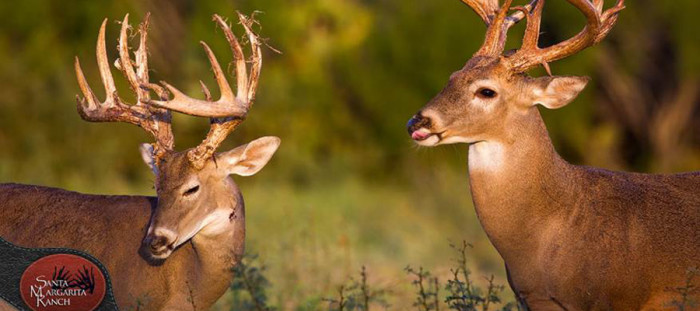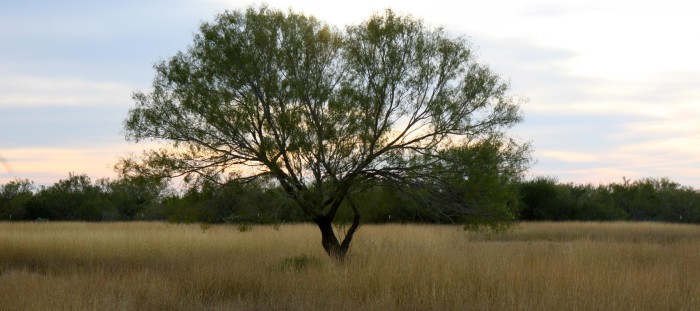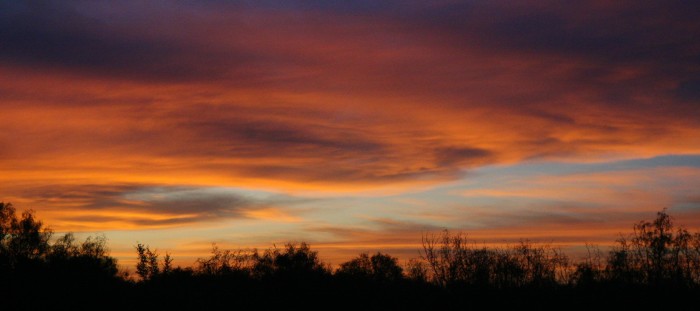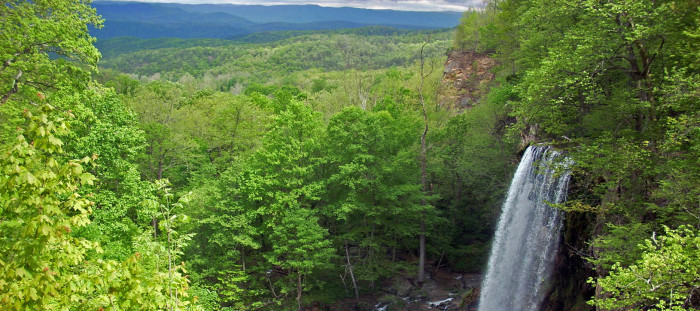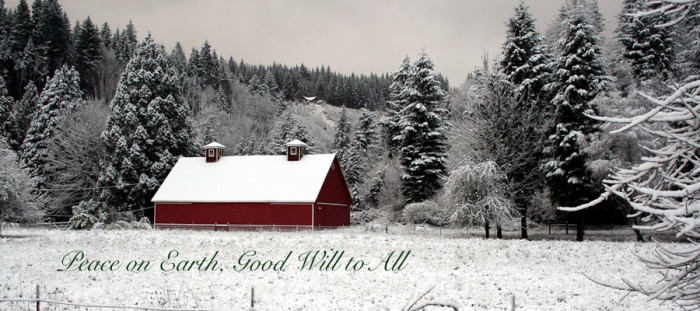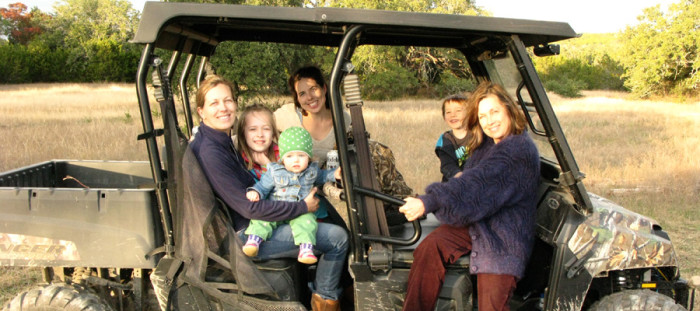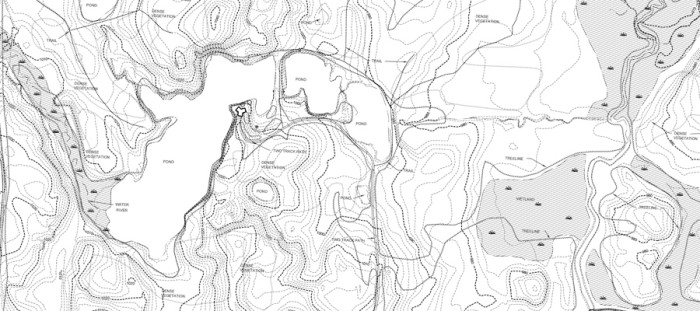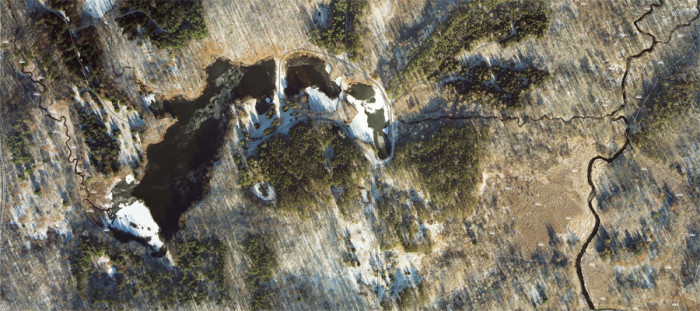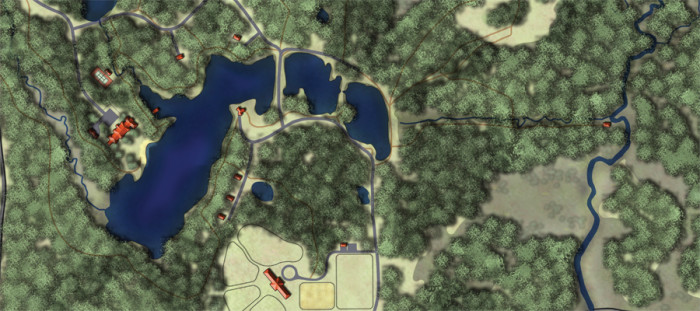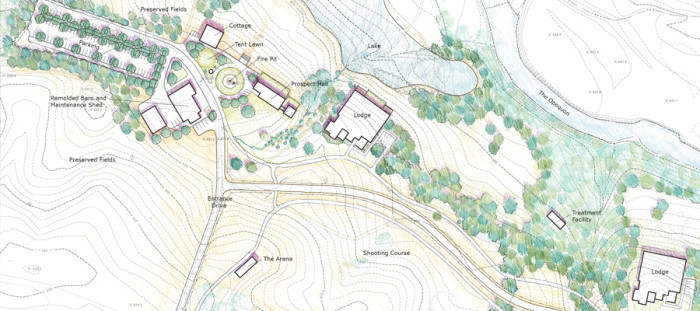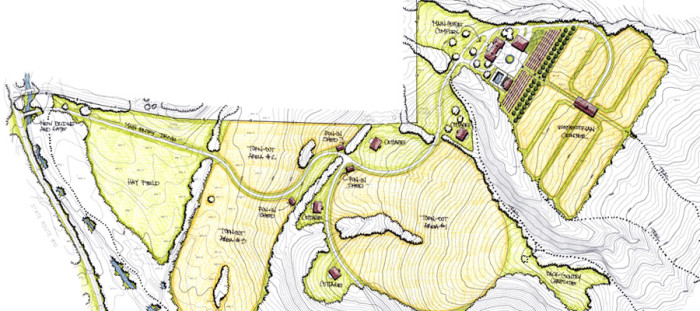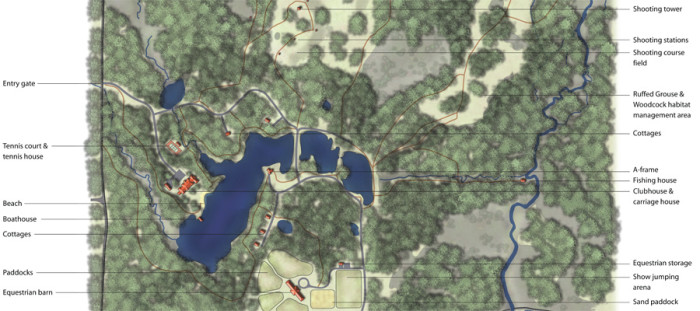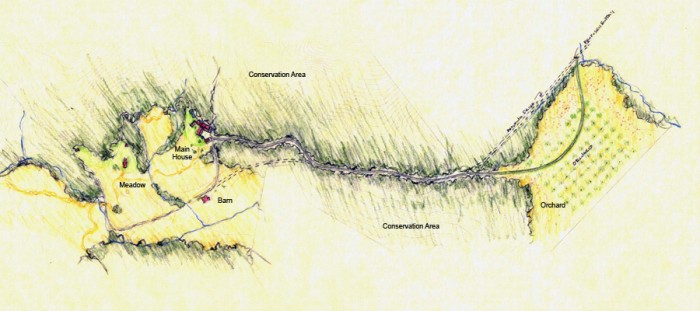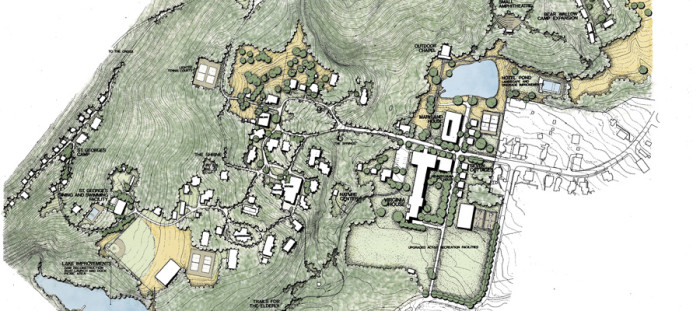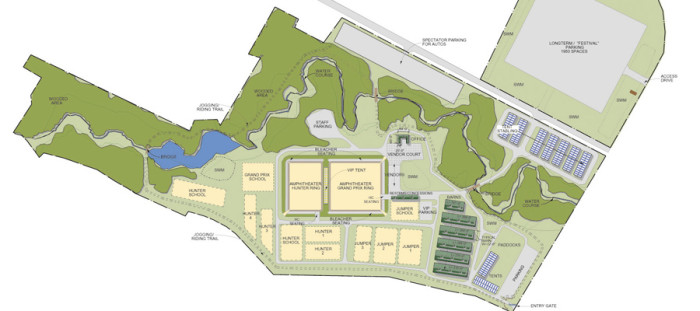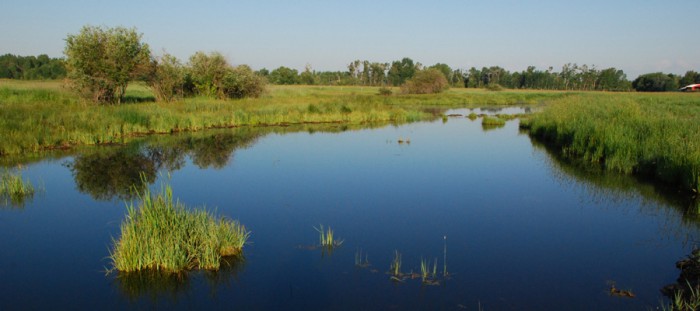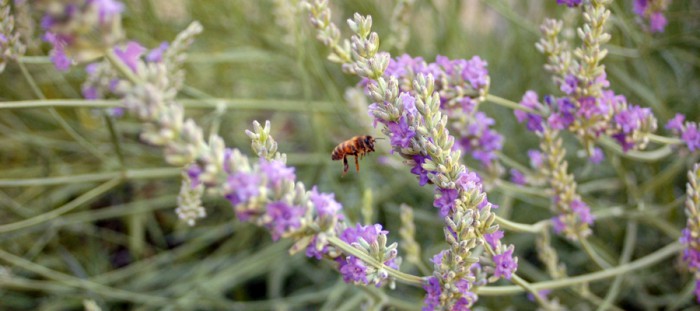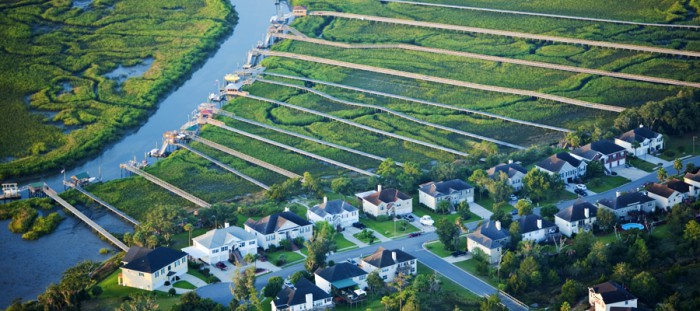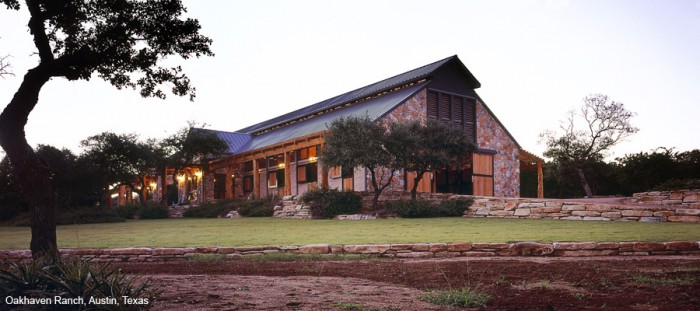The following post comes from our good friend Jamie Moorhead (www.moorhead-law.com) and highlights the complexities surrounding the Conservation Easement Tax Incentive. While this can and is a complicated process we at FSC feel it is a valuable tool in land conservation, which is why we have assisted in the implementation of numerous conservation easements. The key to simplifying the process is ensuring you have the correct team in place to assist you in implementing a conservation easement.
A recent article in Bloomberg news highlights the complexities of the conservation easement tax break. Both the conservation easement and the related tax incentives are sophisticated real estate and tax matters subject to regular debate by landowners, land trusts, and the Internal Revenue Service.
The Bloomberg article is here and describes the conservation program in part as a “complex and obscure tax break that benefits some of the nation’s wealthiest property owners.” Problems can arise when landowners take advantage of the program by securing unreasonably high appraisal values for their properties, upon which the tax break is calculated. Due to the apparent problems, uncertainty, and possibility of IRS oversight, some are shying away from utilizing the conservation easement.
The other article, a response to the Bloomberg article, appeared on the Land Trust Alliance website and is here. The response notes certain apparent factual errors, including the type of landowner making the donation (8 in 10 are not millionaires) and that the cost of the deduction appeared to be overstated by 400%. It should be noted that the Land Trust Alliance, an advocate for land trusts in the United States, has an inherent bias as much as Bloomberg may have a bias toward economic benefit, namely the Land Trust Alliance wants to see the conservation easement program grow for the benefit of its land trust members.
Although informed minds may differ, what appears consistent is that the conservation easement program – for the land trust, the landowner, and the IRS – continues to be a complex program, with enough uncertainties to cause debate among the various parties.
The result may have an unintended consequences: property owners look for certainty in their investments and accounting, and when one significant tax item has an uncertain future, the property owners may decide it is best just not to avail themselves of the benefit of that tax item.
So, an apparently beneficial program may never be fully implemented due to its own design.
If you are interested in learning more about the possibility of implementing a conservation easement on your property give us a call 434.979.3846, we would be happy to speak with you about it.
Field Sport Concepts appreciates the opportunity to work with so many across the country in the master planning and design for conservation as well as first-class equestrian centers, shooting facilities, hunting and fishing preserves and other outdoor recreational pursuits.
We are committed to providing our clients with economically feasible solutions for both short and long term sustainable ownership of their land.
We hope you will continue to follow us through 2014 as we embark on new challenges.
Let us hear from you, about your interests, pursuits and endeavors in conservation and outdoor activities. Please visit our website at www.fieldsport.com for a more complete overview of who we are and what we do to help people conserve and enjoy their land.
Best wishes from all the affiliates at Field Sport Concepts, Ltd.
Now is the time of year for land owners who are considering major improvements to schedule an aerial survey for their property. The key to a good aerial survey is timing, best time being after trees have defoliated and before any snow fall.
Something to be considered is having a color orthophotograph taken while the aerial mapping is being performed. We have found these photographs to be a valuable tool in the master planning of your property as they can not only help to differentiate between types of tree masses and other site elements. For example they can also help to point out conflict areas such as potential wetlands that might not otherwise be obvious from the survey alone.
For assistance in locating an aerial photogrammetrist and to discuss how Field Sport Concepts may assist you in the master planning or design of amenities for your property call 434-979-3846 or email rmckee@fieldsport.com .
A master plan is the key to a fully functional property, a way of looking at your land as a whole, visualizing the relationships between various elements, and ultimately understanding how to realize its full potential. A conscientious and comprehensive planning effort is vital to your property’s long term environmental and economic success.
Why should you plan?
Based on a careful landscape inventory and analysis of the land coupled with a well thought out concept for the desired development or conservation program, a properly conceived master plan will illustrate all existing land uses and improvements and new programmatic elements as defined during the planning process. This design document will serve as a tool for the orderly and systematic implementation of short and long-term improvements to the land.
Know your property?
Before a master plan can be designed, a careful inventory of the land’s physiographic and man-made features takes into consideration the opportunities and constraints on your property. These may be determined by slope/terrain, soils, surface and subsurface hydrology, forest, wetland and vegetative cover, wildlife habitat, visual quality and other factors.
When is the best time to master plan a property?
The best time to prepare a master plan is before you initiate any changes that could potentially cost you more money in the long run. When utilizing a master plan, improvements on the property will not have to be undone in a few years to satisfy unforeseen needs. A construction phasing plan may also be valuable in outlining when certain property improvements will be designed in detail and implemented. Aside from your specific objectives, the phasing plan may include cost analyses and projections and consideration of factors such as budget, schedules, season, entitlements, maintenance and other issues.
What is your vision in 5, 10, 20 years?
Even if you are content with your property today, your needs will most likely change over time. A land planner will focus on what is important to you and your family and will help you organize the work so it is manageable and best fits your objectives, time frame and budget. Remember, your master plan is flexible. Reviewing it periodically will ensure that it still meets your goals.
In preparing your master plan, you should work with a firm which has a wealth of expertise and a long history of successful projects in this field and can help guide this planning process to best suit your objectives. Low impact development and sustainability are hallmarks of Field Sport Concepts’ philosophy and practice. Committed to designing environments of enduring quality and beauty, it is our belief that there is a tried and true relationship between good design and the creation of economic and social value.
For assistance with the planning of your property contact Field Sport Concepts at 434-979-3846 or email Robert McKee at rmckee@fieldsport.com. We would welcome your thoughts as well as the opportunity to work with you to prepare a master plan that suits you and your property best.
FSC Affiliate Trout Headwaters Inc. recently posted the following.
At THI we work hard to raise awareness about the ecological value of wetlands. The ecological services wetlands provide, including water storage, water filtration, flood prevention, and aquatic habitat are becoming better understood and appreciated, however, another critical ecological service has, until now, been overlooked. The American Society of Agronomy reports wetlands also excel at pulling carbon dioxide out of the air and holding it long-term in soil.
According to Bill Mitsch, director of the Everglades Wetland Research Park at Florida Gulf Coast University and an emeritus professor at Ohio State University, writing in the July-August issue of the Journal of Environmental Quality with co-author Blanca Bernal, two 15-year-old constructed marshes in Ohio accumulated soil carbon at an average annual rate of 2150 pounds per acre—or just over one ton of carbon per acre per year.
The rate was 70% faster than a natural, “control” wetland in the area and 26% faster than the two were adding soil carbon five years ago. And by year 15, each wetland had a soil carbon pool of more than 30,000 pounds per acre, an amount equaling or exceeding the carbon stored by forests and farmlands.
What this suggests, Mitsch says, is that researchers and land managers shouldn’t ignore restored and manmade wetlands as they look for places to store, or “sequester,” carbon long-term. When created wetlands are discussed in agricultural circles, it’s almost always in the context of water quality. “So, what I’m saying is: let’s add carbon to the list,” Mitsch says.
To discuss your wetland creation or restoration project contact THI today
The following story comes from our friends at Plateau Land and Wildlife Management and represents a great opportunity to establish “agricultural use” on smaller properties (5-20 acres) that would otherwise be too small for grazing livestock.
By Shane Kiefer, CWB, Senior Wildlife Biologist at Plateau
A new addition to the definition of “Agricultural Use” in the Tax Code (Sec.23.51(2)) makes beekeeping a qualified agricultural operation for property tax purposes. There are some restrictions: the bees must be used for pollination or production of a tangible product with commercial value (e.g. honey, wax, etc.) and the land used for such purposes must be 5-20 acres in size. Note that it does not require commercial production, which means you do not have to actually sell the products, unlike in other forms of agricultural use.
This is a potentially valuable class of agricultural production for landowners with 5-20 acre properties who want to establish their open-space (Ag) valuation without having to graze livestock on such a small area, which is unsustainable pretty much anywhere in Central or West Texas.
Wildlife management valuation is a great option for these properties but, as you know, it only applies to properties that are currently qualified open-space land, and you cannot yet build a 5 year history to apply for open-space based on doing wildlife activities. Beekeeping gives a new option for small acreage landowners who need to establish a 5-year agricultural history to acquire their open-space valuation.
While the Tax Code now allows for this type of agricultural use, the intensity standards and requirements in each appraisal district are not necessarily clearly defined. Appraisers around the state are no doubt working to outline local intensity standards. That means that you should not rush out and buy hives and a beekeeper suit until you speak with your appraisal district about the expected requirements.
As always, Plateau is here to help you manage the process of building up your agricultural history and working with the appraisal district to determine what is needed for your operation to be a success. If any of you have already had success with this type of operation in your county, please give them a call. They would love to hear your story.
This comes from our friends at the Southern Environmental Law Center.
Admired worldwide for its stunning beauty and rich biological diversity, the Georgia coast encompasses a lacework of barrier islands, mud flats, tidal creeks, blackwater rivers, freshwater wetlands, and some 378,000 acres of salt marsh. Though it has largely escaped the ravages of massive resort development, this special region faces a perfect storm of threats, including lax enforcement of environmental laws, the sell-off of timberlands to developers, and intense growth pressures that continue to mount even in today’s weak economy.
These pressures have brought the Georgia coast to a tipping point. If we fail to counter them, some of America’s most cherished natural resources will be lost forever.
Saving the Georgia coast is one of the toughest conservation challenges we face in the South today, and it is also one of SELC’s highest priorities. To defend this ecological gem, we have launched a comprehensive initiative that draws on all our skills and expertise.
– What’s at Stake
Many people are surprised to learn that Georgia harbors one-third of the salt marsh remaining on the East Coast. Most of the marsh is held by the state—not as the state’s own property, but “in trust for the public.” Thus, the marshes are a public resource, and one of incredible value. These vast expanses of grasses and meandering tidal creeks are not only beautiful; they serve as nurseries for marine life and as vital buffers against storms.
Dotting the marsh are more than 1,650 islands, called “marsh hammocks,” that provide a secluded sanctuary for wildlife. Sheltering the marshes are 14 barrier islands rimmed with more than 100 miles of white sandy beaches.
Inland wetlands along the coast are an important resource for people and wildlife alike: they improve water quality, reduce flooding, and provide habitat for an array of wild creatures. The ocean waters off the Georgia coast are prime calving grounds for the North Atlantic right whale—one of the rarest marine mammals on the planet and one of several endangered species that make their home in this region, including manatees, wood storks, and sea turtles, among others.
For more information about SELC’s Georgia Coast Initiative visit their website at: http://www.southernenvironment.org
photo provided by Robert LLewellyn
We have written often about the importance of designing hunting lands with an eye toward responsible conservation practices. Indeed, a central theme of our posts and, more importantly, our work is the need to create habitat that enables targeted species to establish self-sustaining populations. In short, promoting strong biodiversity yields quality hunting habitat.
But how do we know which practices to pursue? How do we know which feed crops best support quail populations? Given that targeted species are merely components in a larger food chain, how do interactions between predators and prey produce desirable populations?
The folks at Tall Timbers have been working for years to answer those exact questions and many more. Thanks to their extensive research, Tall Timbers has been the premiere resource for landowners interested in quail research and management. Evaluating the effects of controlled burning and predation as well as employing the use of radio tracking, Tall Timbers has been instrumental in spearheading a science-based approach to managing quail populations for over 20 years.
Indeed, we invite you to watch the video above to learn more about their philosophy that “good science produces information for good management.”
Celebrating its 20th anniversary this year, Field Sport Concepts, Ltd. is an affiliation of nationally respected consultants in the disciplines of resource and land planning, landscape architecture, civil engineering, equestrian and sporting lodge architecture, environmental sciences and field sport facilities/venue design and management. Committed to sustainable ownership and rural preservation, our organization offers a comprehensive resource aimed at providing landowners with economically feasible strategies for short and long term land use and conservation. We seek ways to enhance and manage rural properties in a manner that is sympathetic to the natural environment while providing opportunity for the pursuit and appreciation of outdoor activities and the sporting life.
In this issue we also celebrate the opening of our new office in Austin, Texas and the publishing of John Blackburn’s first book, Healthy Stables by Design. And, recognizing the importance of our work, we were recently invited by Jim Stenson of Integrated Digital Publishing, to author quarterly columns covering the range of opportunities available to rural landowners and sporting enthusiasts for The Contemporary Wingshooter and The Contemporary Sportsman e-magazines. Read on to learn more about all of these exciting developments!
Company News
– Field Sport Concepts, Ltd. is pleased to announce that we have opened an office in Austin, Texas to complement the various FSC affiliates located throughout the country. From hosting birding competitions to offering world-class hunting opportunities to pursuing innovative water conservation efforts, the region’s longstanding commitment to preserving the natural landscape made Austin a natural choice for our new branch. Read more…
– Someone once asked long-time FSC affiliate and award-winning equestrian architect, John Blackburn, to describe his design for the ultimate horse barn. After designing over 160 horse farms and facilities across the country, he still finds the ultimate barn impossible to define as every site, client and horse is different; no one barn fits all. Read more…
– We have been long-time fans of Jim Stenson’s emagazines which include The Contemporary Wingshooter as well as The Contemporary Sportsman published by Integrated Digital Publishing. Read more…
– Celebrating its 35th anniversary this year, McKee Carson is a Charlottesville-based landscape architecture, land planning and civil engineering firm. Read more…

Our Expertise
Field Sport Concepts frequently works with professionals in the real estate sector who are associated with the marketing and sales, improvement or conservation of large tracts of land. In addition to private landowners these may include:
– Farm, Ranch and Recreational Land Brokers
– Appraisers and Attorneys involved with Conservation Easements
We are eager to collaborate with you as you seek to enhance your holdings and/or service offerings. Click below to learn how we can help you.
– Field Sport Enthusiasts
– Farm & Rural Land Owners
– Conservations
– Equestrian Enthusiats
– Land Developers
In The Field
– Fork in The Road – “It was the perfect day for a hunt. And by that I mean it was cold, damp, and miserable. Cradling the steaming cap of my thermos, though, I could not have been more ecstatic. Read more…
– Master of Mesa Vista – Roberts County lies in the northeast part of the Texas panhandle, its 924 square miles of high, lonesome emptiness occupied by fewer than 1,000 hardy and independent souls. Some of the most extreme weather on the planet – tornadoes, drought, blizzards – can be found there. Read more…
– Quantifying the Impact of Outdoor Recreation – Shakespeare once wrote, “One touch of nature makes the whole world kin.” And in this era in which jobs and the economy dominate the conversation, it’s important to remember the connection that nature fosters not only between us and our surroundings but also with one another. Read more…
– Ecosystem Services’ Newest Endorsement – It’s one thing when someone from the EPA encourages you to be environmentally friendly. It’s a whole other thing when Richard Branson endorses such practices. Read more…
Thank you for being the cornerstone of our success. We invite you to forward our newsletter and website to anyone you think might be interested in what we are doing or who may benefit from the value-added services we provide.
All the best,
Bob McKee for all the affiliates at Field Sport Concepts

